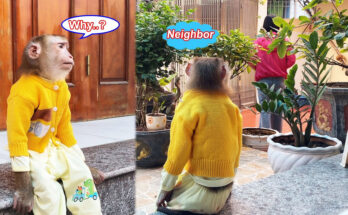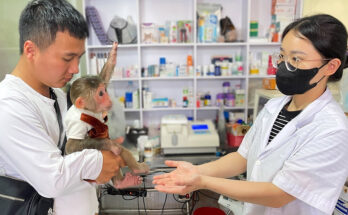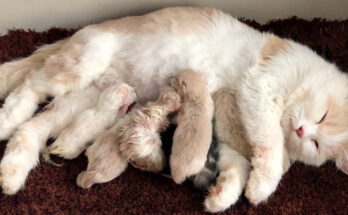When kittens are born without their mother to nurse and care for them, their chances of survival drop dramatically. They come into the world blind, deaf, and fragile, relying entirely on warmth, milk, and gentle care. That’s where syringe feeding often becomes the lifeline—a rescue mission that can mean the difference between life and death.
It begins with patience. Newborn kittens are so tiny that even the smallest drop of milk feels overwhelming. A syringe, filled with kitten formula, delivers just enough nourishment without overwhelming them. Each feeding requires steady hands, a warm environment, and endless love. You hold the kitten carefully, tilting its head just slightly, letting the milk flow slowly so it doesn’t choke or aspirate. It’s a delicate balance, but one you learn quickly when their survival depends on it.
At first, the kittens may resist, mouths too weak to latch, bodies squirming from hunger. But with persistence, they begin to accept it—tiny tongues licking the syringe tip, little paws reaching out instinctively as if they know this is saving them. Every successful feeding feels like a small victory, a step closer to giving them a fighting chance.
The schedule is demanding—every two to three hours, day and night. Sleep becomes secondary when you’re listening for faint cries that signal hunger. But as exhausting as it can be, watching their tiny bellies fill and their bodies slowly gain strength makes every moment worthwhile.
Over time, syringe feeding transitions into bottle feeding, and then eventually to solid food. But those early days, when each drop of formula carried hope, remain unforgettable. They are a testament to the power of compassion, patience, and determination.
Syringe feeding isn’t just about nutrition—it’s about giving abandoned or orphaned kittens the opportunity to live, grow, and thrive. It’s a rescue mission in the truest sense, and for the tiny lives saved, it’s nothing short of a miracle.



